Teachers Take on the Pandemic
How the teachers in ERHS are facing the challenges brought on by the Coronavirus pandemic
An environmental science teacher in Chicago has had to remake his instructional approach for remote learning.
November 5, 2020
Earlier this week I spent my Monday morning walking around the building interviewing different adults in our school, asking them about the hardships and challenges they’ve faced due to the COVID-19 pandemic. As a student, I feel that my fellow classmates and I never really take into consideration how the new learning circumstances are affecting the teachers in our school, and how they have had to change their standard ways of teaching to accommodate the new circumstances. The purpose of this is not to take away or lessen the impact on the students, but rather to give the spotlight to the teachers and how they are dealing with the pandemic. In what you are about to read, I have collected and reviewed the common challenges that were mentioned in my interviews and will take you through what an “average” day at ERHS looks like.
It’s 7:50 AM and Mr. Poland is awaiting the arrival of his first period class. As he briefly checks his email, he is left in dismay as he finds over 100 unread emails expecting a response. He thinks about how before the pandemic, he would only receive this many emails a month, if even. He spends his last few minutes answering as many as he can but when the bell rings, half of the emails remain unread in his inbox. Today is a test day, and students have been preparing all week for the exam. Mr. Poland can’t help but think about how he is going to get all of the grades in quickly while also having to grade the other projects and quizzes for his other classes. With the new standards set for this school year and with the normal way of doing things being changed, keeping up with grading has become more difficult. Even though it can become complicated for teachers, including Mr. Poland, if you ask any of his students, they will all tell you what an amazing teacher he is and not even realize the extra effort being put in to provide an educational and positive class.
On the other end of the school, Ms. Cabasso prepares for her second period class. She wipes down all the tables and places hand sanitizer on each of them for students to use as they arrive. They enter the classroom and head straight to their seats, but one of them approaches Ms. Cabasso, informing her that they forgot their project at home. She now has to take time out of checking in with her remote students to find something for the student to work on in class. Quickly, Ms. Cabasso solves the problem and is able to turn her attention to the students at home, updating them on what they need to do and reminding them of the deadlines for the project. After she allows the students to leave the Google Meet trusting that they will continue to do their work for the remainder of the period, she walks around to check on the other students. To her surprise, she notices that one of the students had made no progress in the last two days they were working remotely. It becomes frustrating for the art teachers when restrictions prevent them from seeing their students every day, and now a lot of them are falling behind because they are not taking the initiative that is required. She devotes the rest of the period to helping the student catch up and answer any other student questions, taking on any other challenge that comes her way.
Third period rolls around and Ms. Falvo is standing at the door of room 3 greeting her incoming seventh grade students. In her past years, one of Ms. Falvo’s best teacher qualities is her ability to build a relationship with each student individually. The hybrid learning schedule has made it tough to do so, due to the fact that students are only in the building 2 or 3 times a week. She may know all their names and how well they are doing school-wise, but as she stands in front of the class, she doesn’t know anything about them, what they like, where they come from, or what they struggle with the most. No matter what, she still looks out for every single one of them and is a prime example of how teachers are there for more reasons than to just teach. The period goes on and Ms. Falvo finishes the lesson for the day as students pack up and leave. She won’t see them in person until the following week and prepares for the next team to come in tomorrow, hoping to get to learn a little more about them.
In her office, Ms. Weissman emails a student as a reminder that they have an appointment this period, hoping they’ll see it in time to join the Google Meet. Ms. Weissman has been made aware from previous experience that it can be hard to reach out to students learning from home and tries her best to get a hold of them to catch up and see how they are feeling. In a “normal” environment, before the pandemic, Ms. Weissman could just call the classroom that her student is in and they would get a pass to come down within two minutes, but now she just has to sit and wait for the student to join the online appointment. Fourth period goes on and finally, they have joined and they begin to talk and update Ms. Weissman on how things are going and express their feelings. It definitely isn’t the same due to a number of factors but no matter what Ms. Weissman still continues to care for and help her students and make sure they are okay and have someone talk to during these unprecedented times.
AVID is one of the most relationship-building, ego-building, and “hands-on” classes available at the school. As her fifth period class begins, Ms. Isik shares with the class what they will be doing today and how it will be done. Obviously, the approach she takes with her lesson plan and the way the class will work together has been altered extremely in comparison to the previous year. The students sit in their desks six feet apart in silence and open their Google Classroom assignment. Although Ms. Isik does everything she can to make the class enthusiastic and entertaining, the environment is not the same. She reminisces on how last year, students in her AVID class would tackle each other during musical chairs, sing karaoke for everyone, and built friendships just because they were seated at a table together every day. The class reads an article together and has a discussion on how it could inspire them to reach their goals and do their best in school but the 40 minutes goes pretty fast and students say goodbye to Ms. Isik for the day. Unfortunately, for the time being, the class will have to remain this way but she still continues to come up with the best ideas to motivate her students.
It is officially halfway through the school day and Ms. Perrone welcomes her students into her sixth period class and instructs them to open their laptops and take out their PDF of Anthem by Ayn Rand. She explains that they will be reading Chapter 4 together as a class and assigns the night’s homework assignment. As they begin reading, Ms. Perrone notices that one of her students seems distracted. When she walks over, she discovers that they have been playing games on their computer during the last half of the period instead of listening to the readers. It is baffling and unexpected to Ms. Perrone because she has never had to deal with anything like this before. When reading from the actual book itself, there is no distraction accessible to students while reading. She speaks to the student and draws her attention back to the class, who was now ready to analyze the chapter as a group. When Ms. Perrone asks a question, she is answered with blank stares and avoided eye contact, and has to unwillingly call on a student herself. Masks and social-distancing protocols have caused a lack of easy social interaction in her English class and lessened hope for engagement and conversation. Students shrug their shoulders and nod their heads in response to her questions until the bell rings. Ms. Perrone is then left as the one shrugging her shoulders, as she tries to find a solution to the awkwardness.
Mrs. Mignella already has the Google Meet started and on the board as her seventh period class arrives and takes a seat, reaching in their bag for their computers and calculators. As the bell rings she gets them started on a do now while taking attendance for both the remote and live students, reminding the kids at home for the third time to check in on Infinite Campus. Going over the lesson, the students on the virtual end are unresponsive to her questions and although they nod their heads, Mrs. Mignella does not truly know if they understand what is going on. It is challenging for Mrs. Mignella to focus on both the students in the classroom and the others at home at the same time, and creating a balance is something she has been able to develop throughout the beginning of the school year. This is another example of how students can do their part in communicating with each other and their teacher and how quickly they can resolve uprising issues. It is almost like the class is solving for x, but “x” is an efficient way for student’s learning at home to communicate with the teacher and the rest of the class.
Miley Cyrus’ “Party in the USA” is blasting in the gymnasium as Mr. Vito and Mrs. Leary try to pump up their eighth period physical education class after a long day. Kids come in, take off their backpack, sit in their assigned spot for attendance, and then get back up again to go outside. Usually in physical education, when students would be going outside, it would be to play soccer or flag football, but unfortunately due to the circumstances, they are actually going outside to walk around the field, twelve feet apart. Both teachers can agree that they would much rather be doing more activities that are team-building and energy-boosting after a long day of classes but for now, there is nothing more they can do. They watch as students walk in a circle for thirty minutes talking to one another, and struggle to come up with other ideas that will still follow COVID-19 guidelines safely. Mr. Vito and Mrs. Leary are also both very athletic and coach teams at the school. They think about how they wish after the next period they could be heading to the gym or field with their team, practicing for tomorrow’s game and coming home with a win. While sports are currently undecided on when they will be taking place, the teachers are patiently waiting for the moment they are told they can go back to coaching the sport they love.
Finally, the school day is slowly but surely coming to an end. In the library, Mr. Canale greets his final class of the day and welcomes the remote students to join the Google Meet. He can’t help but notice when a student walks in, looking like something is wrong and not acting like themself. He is left unsure though because masks block the majority of the student’s facial expressions and only so much is relayed through their eyes. Mr. Canale is a huge mental health advocate and during these times especially, when mental health has dropped in many students and young people, he constantly checks in on his students’ well-being and offers support to them at any time they need. The class goes on quietly and no one seems to want to talk. Mr. Canale wants his students to feel that it is okay to take a risk and answer a question and be comforted without judgment but for the time being, his students still sit there responding with non-elaborate answers and gloomy looks in their eyes. The class comes to an end and after eight long hours, everyone gets to go home, and Mr. Canale hopes that tomorrow his students will feel better.
This was just a glimpse into what the teachers in our school are faced with every day for the first time in their careers. Although it has not been an easy and smooth adjustment, the teachers make it look easy and never let their challenges get in the way of our education. I am grateful to go to a school with such caring teachers, all of which will not just worry about my grades, but about my feelings and how I am handling life during these hard times. Until something miraculous happens, students and teachers will continue to do their part in creating a successful and effective school year with the new standards and I’m excited to see where it will take us.

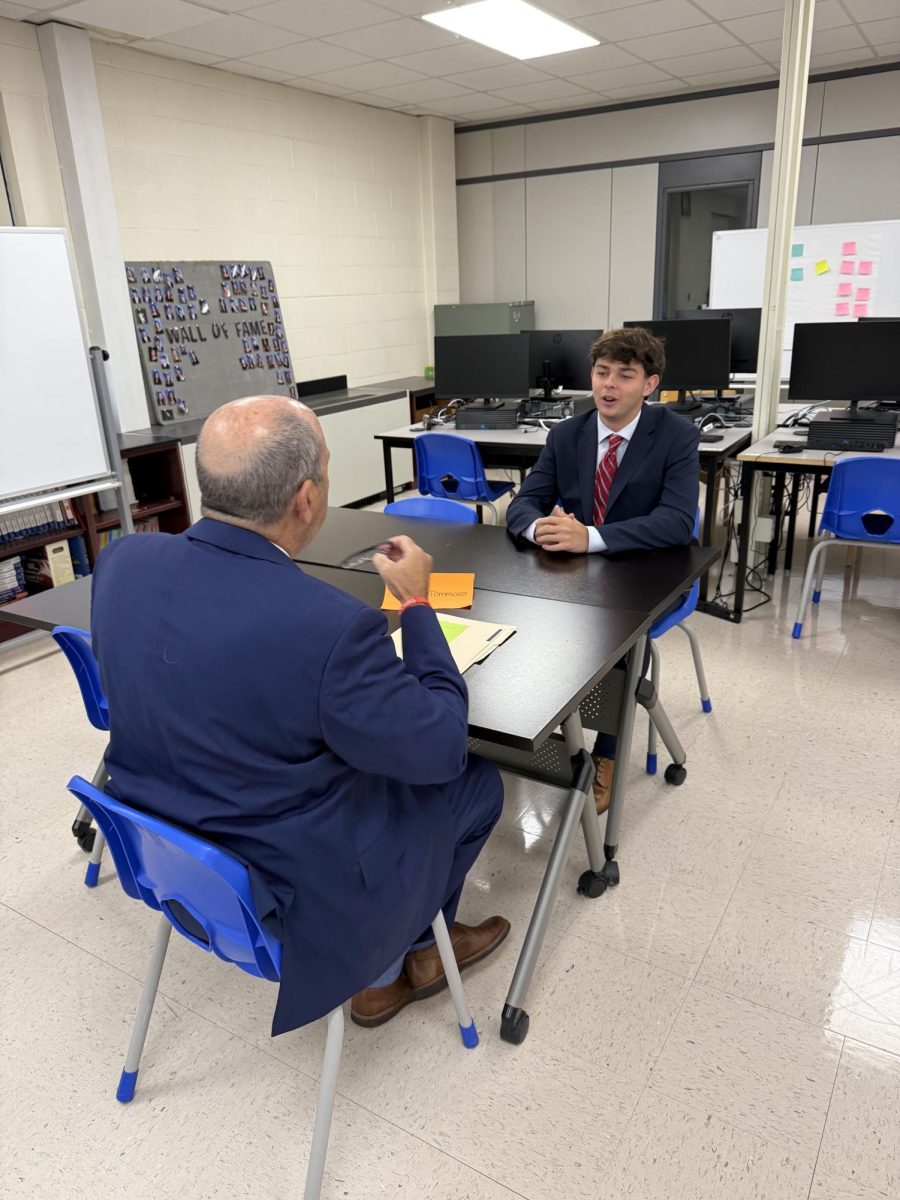

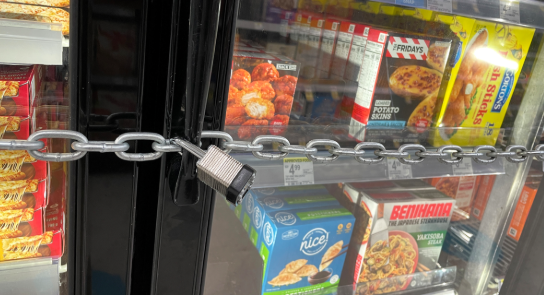


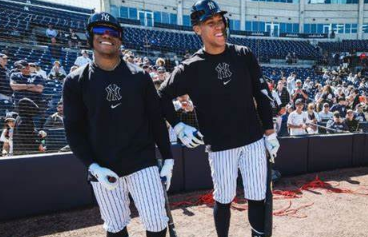

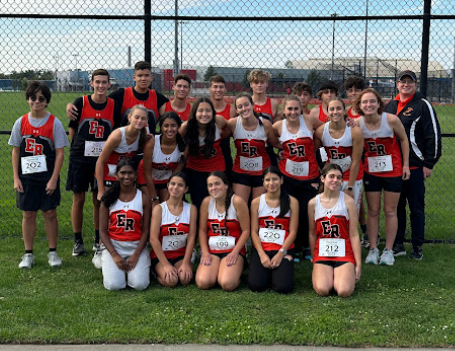






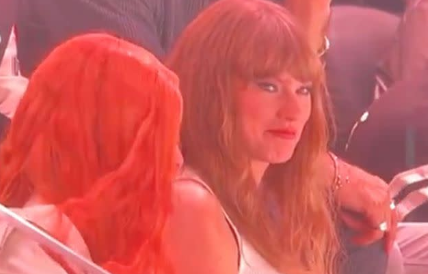


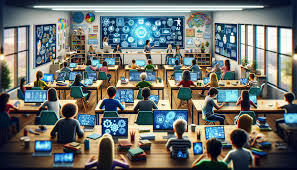





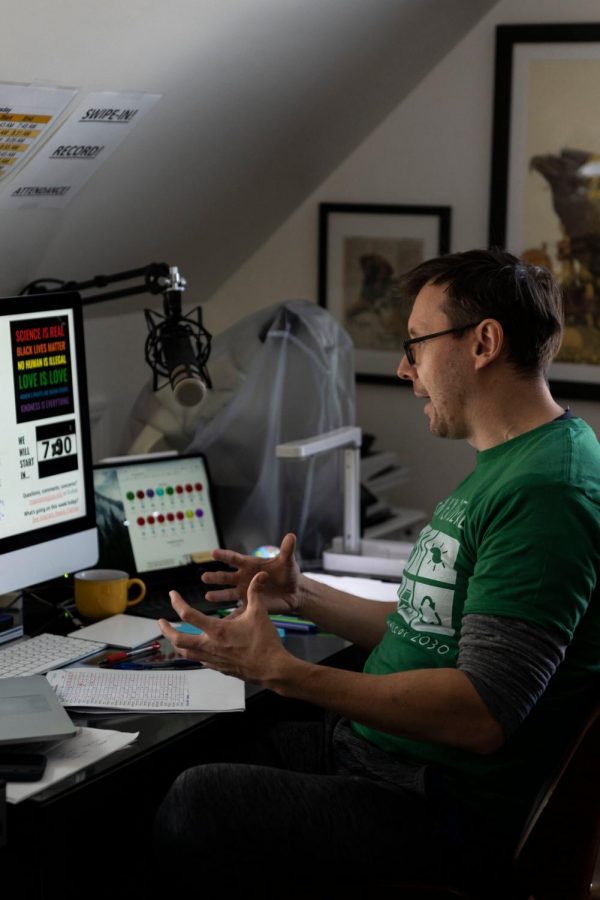

Sara Perrone • Nov 5, 2020 at 11:50 am
Thank you for giving us a voice. The compassion was evident in your writing, and you captured our struggles beautifully. Well done!
Briar Falvo • Nov 5, 2020 at 10:28 am
Kirsten, this article actually made me quite emotional! You brought to life the often sad, stressful, and weird realities that many of us are facing. Great article.